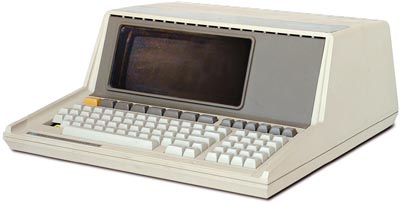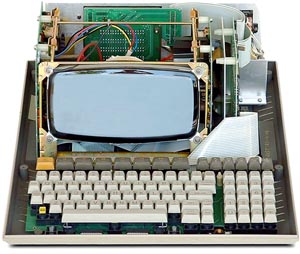Why does HP use its own custom CPU? One of the most important reasons is ACCURACY.
Where other computers do binary arithmetic, the HP-85 does its arithmetic in BCD (binary coded decimal).
Our calculators do BCD arithmetic, and we've spent years testing and perfecting those algorithms, so we KNOW
that the answers returned by the HP-85 are accurate to 12 digits. Real number calculations in the hp-85 are performed
internally to 15 significant decimal digits and rounded to 12 digits for presentation.
There are a couple of ways to build a CPU - make it simple and run it fast, or make it complex and run it slow.
Most manufacturers try to drive their CPU's as fast as possible. Four megahertz is typical - the speed is limited by the
physical characteristics of the device, like capacitance. We have followed the second strategy, performing many operations
during each clock cycle. The clock speed is 613 kilohertz!
But, execution speed is more than just a function of hardware design, and the HP-85 executes programs on the same order
of time or faster than other personal computers on the market. In concert with the design of the hardware, the firmware
design equally effects the speed of the system.
But all of this is another story. The point is that the HP-85 is a machine that is inherently accurate, fast, and affordable.
You might argue, though, that there is a penalty for using our own custom CPU, that software written in machine language
for the more common varieties of CPU's must be rewritten to run on the HP-85. And the task of translating these assembly
level programs is not straightforward; the HP-85 relies on its unique architecture for its speed. Anything written for a Z-80,
for example, translated straight across, would utilize only a small fraction of the CPU's power.
But really, incompatible software is a short-term problem. Most forthcoming software will necessarily have to written in
high-level language, making it independent of the actual processor used. The reason is due to increasing software costs and
the desire to implement more complex programs. No one will be able to afford to develop important new applications in
machine language, especially since it will be unnecessary. Because of the increased capabilities of future-generation
microprocessors, coding efficiency won't really matter. Stretch it to the limit and you'll see what I mean - perhaps by the
year 1999 all the software ever written will run in less than a minute. But you don't have to wait until then; forward thinking
software houses have already shifted gears.
|
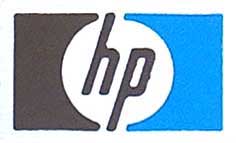

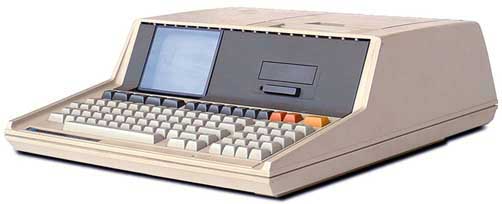
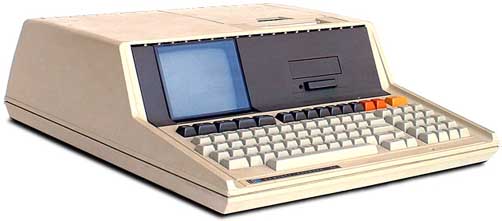
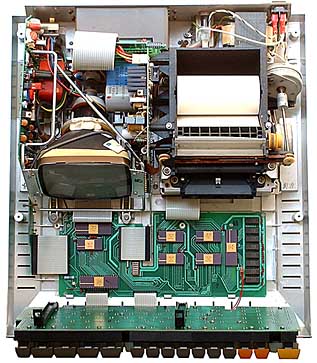
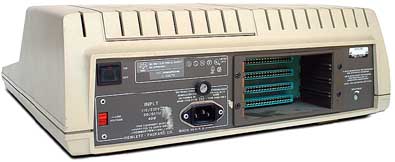
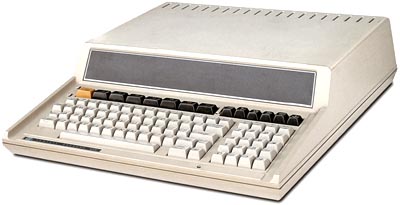 Released in 1982, the low-profile HP-86 personal computer offered users more options and expandability than the HP-85, which had been introduced two years
earlier. It has no internal display, printer, or data storage - all of these are now external peripherals.
The HP-86 came standard with 48K of RAM.
Released in 1982, the low-profile HP-86 personal computer offered users more options and expandability than the HP-85, which had been introduced two years
earlier. It has no internal display, printer, or data storage - all of these are now external peripherals.
The HP-86 came standard with 48K of RAM.
